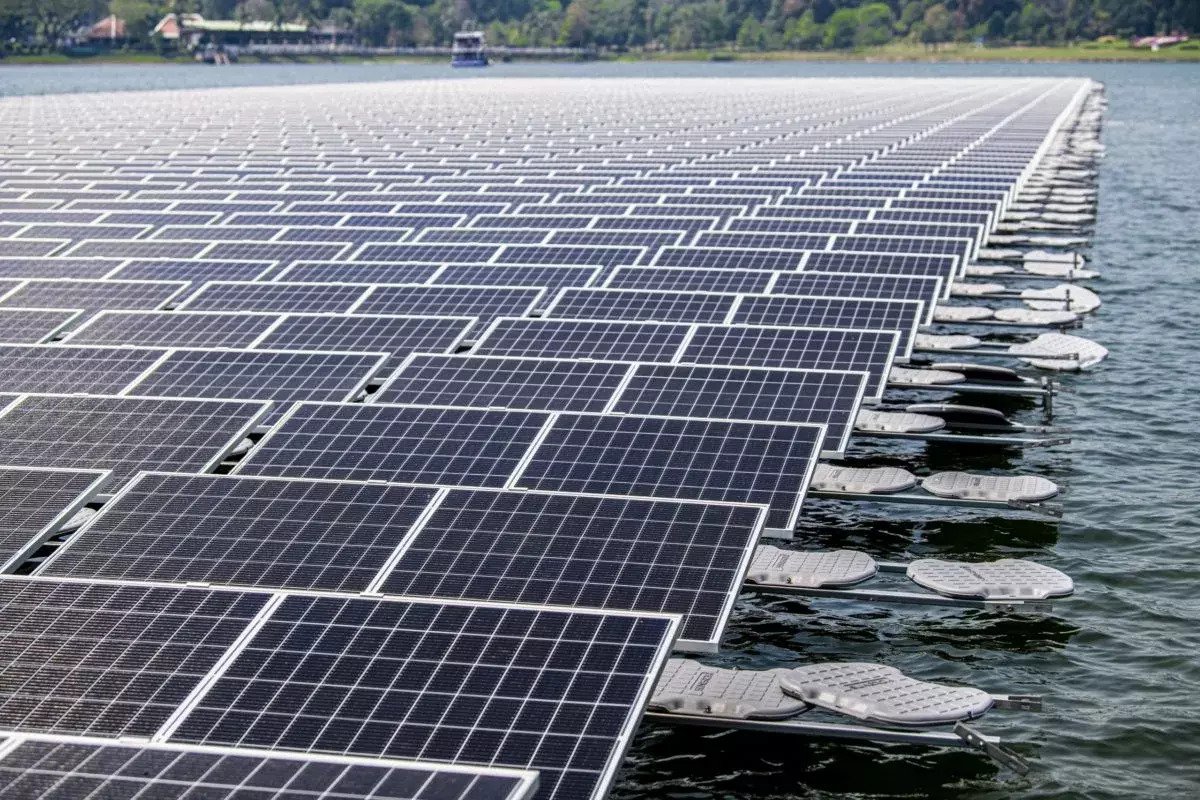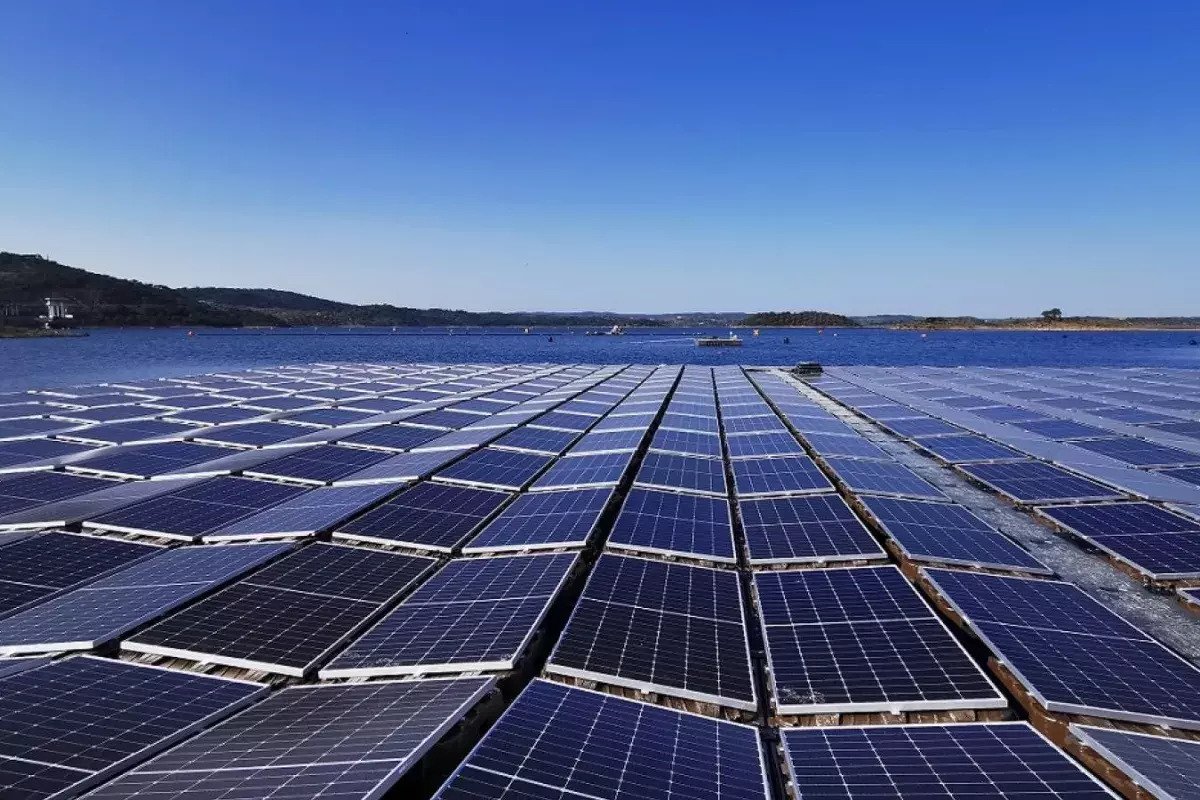Utility-scale floating solar arrays in Europe have been evaluated for their economic viability. Moreover, these projects are already competitively priced in many southern European nations. They assert that if capital costs are decreased by 12 percent, floating PV could become competitive across Europe.
To compare floating PV (FPV) to optimally slanted, land-based photovoltaics (LPV), researchers from Italy and Spain calculated the energy yield and cost potential of FPV across eligible bodies of water in Europe.
Using water surface data from the Global Reservoir and Dam Database that was accessible to Europe, the researchers calculated the potential FPV capacity of that continent. They solely took into account reservoirs utilized for flood control, irrigation, and hydroelectricity.
The model considered scenarios with 10-degree and 20-degree tilt angles and an albedo of 0.06 for the FPV applications. On LPV, the tilt angle and albedo were believed to be ideal.
Both simulations used Trina Solar modules with 21.4 percent efficiency. The solar panel system lifetime was set at 25 years, and all of the modules faced south.
In four different temperature situations, the study examined how well FPV and LPV performed. Unexpectedly, the Southernmost nations, where the solar potential is larger, and the angular and reflective losses caused by the lower tilt angles are constrained, are where the higher yields are discovered.

More About the Findings
The Scandinavian countries and the alpine areas of Switzerland, Austria, and Italy have the worst scores. The electrical performance of FPV is at its peak and returns yields up to 2 percent greater than LPV in the most optimistic thermal exchange scenario.
In this circumstance, optimally tilted LPV offers lower yields than 20-degree tilt FPV in several countries. The results of FPV are often lower than those of LPV in other configurations and circumstances, particularly at a 10-degree tilt. These findings demonstrate the importance of the tilt angles’ impact on energy conversion.
The competitiveness of FPV on Levelized cost of energy (LCOE), given these variations in energy yield, depends on allowances for Capex and Omex. Overall findings indicate that if racking and mounting expenses are eliminated, LPV’s LCOE would be competitive in most European countries across all scenarios.


